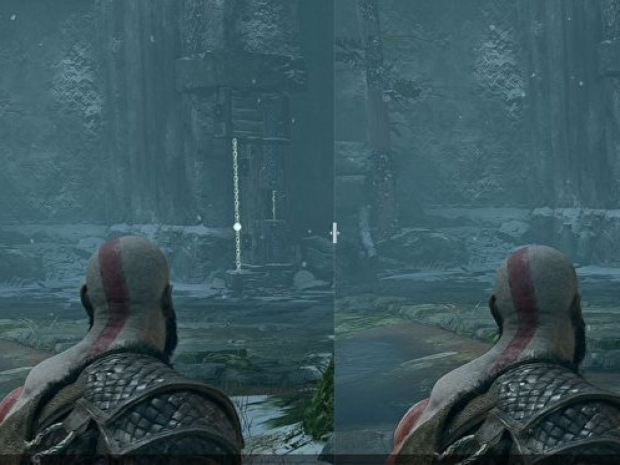Nvidia is pimping up DSR (Dynamic Super Resolution) tech by adding AI into the mix, to make DLDSR (Deep Learning Dynamic Super Resolution, with Deep Learning meaning AI) which it says will not result in much of a performance hit.
DLDSR arrives in Nvidia’s Game Ready Driver launching later this week (on January 14) and it is a downscaling tech that takes a game and renders it at a higher resolution, then intelligently shrinks it back down to the monitor’s resolution.
The big idea is to preserve some of the extra detail in the process, and provide smoother edges while reducing unpleasant artefacts like shimmering.
The difference now is AI fine-tuning makes the results better (with RTX cards that have the requisite Tensor cores).
According to Nvidia: “DLDSR improves upon DSR by adding an AI network that requires fewer input pixels, making the image quality of DLDSR 2.25X comparable to that of DSR 4X, but with higher performance. DLDSR works in most games on GeForce RTX GPUs, thanks to their Tensor Cores.”
Nvidia got together with ReShade author and modder Pascal Gilcher to release three advanced Freestyle filters in GeForce Experience, one of which will be SSRTGI (or the ‘Ray Tracing ReShade Filter’) that improves both lighting and shadow effects to make them more realistic. The broad contention is that using DLDSR and SSRTGI, you can expect what’s effectively a ‘remastered’ version of a game.
The new driver will provide optimisation and DLSS support for God of War (and Nvidia Reflex support), the PC version of which launches on January 14, the same day as the driver. The same DLSS and Reflex support is being brought to Rainbow Six Extraction ahead of its 20 January release.




